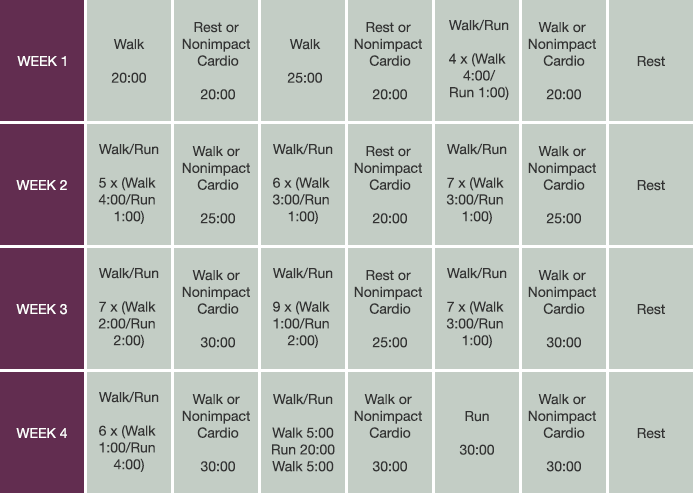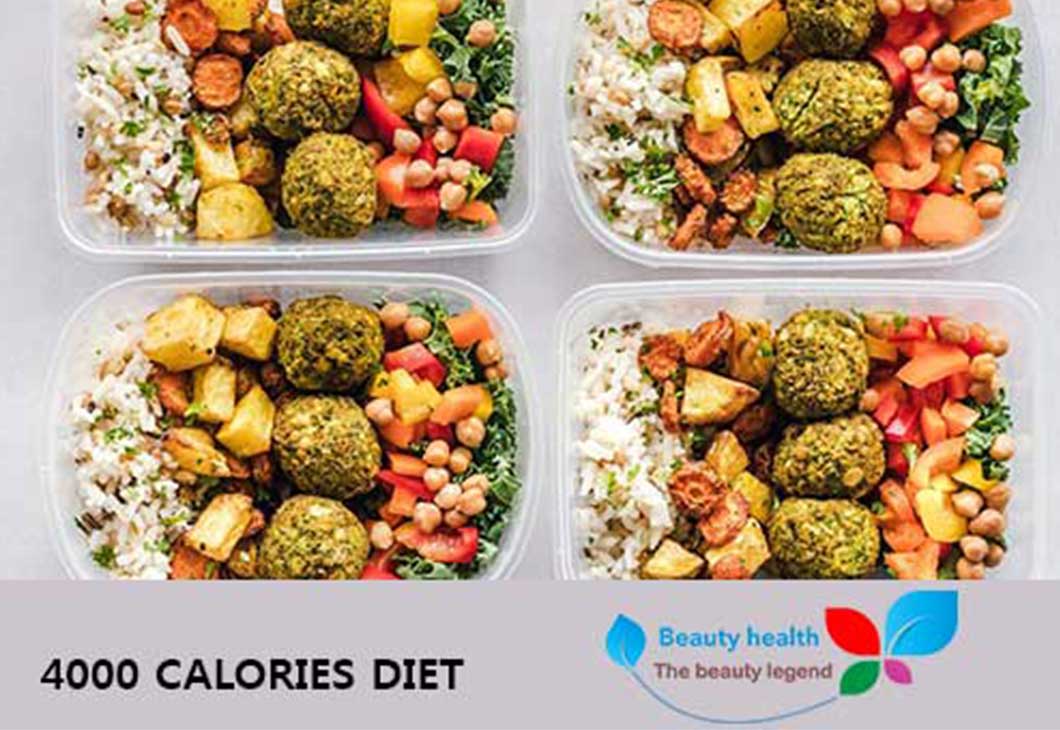4000 Calories A Day Meal Plan Cheap

In an era defined by rising food costs and growing awareness of nutritional needs, the concept of consuming 4,000 calories a day on a budget has garnered significant attention. While such a high-calorie intake is generally associated with specific fitness goals or addressing certain medical conditions, its feasibility for the average individual, especially within financial constraints, remains a subject of considerable debate and practical challenges.
This article examines the possibility of achieving a 4,000-calorie daily meal plan affordably, considering factors like food sources, cost-effective strategies, and potential health implications. It aims to provide an objective overview, highlighting both the accessibility and the challenges involved in such an undertaking.
The Appeal and Reality of a High-Calorie Diet
A 4,000-calorie diet is typically pursued by individuals with heightened energy expenditure, such as athletes undergoing intense training or those aiming to gain weight. However, the average adult requires significantly fewer calories, typically ranging from 2,000 to 2,500 for men and 1,600 to 2,000 for women, according to the Dietary Guidelines for Americans.
Reaching 4,000 calories daily on a limited budget requires careful planning and prioritization of calorie-dense, affordable foods. This often necessitates relying on staples like grains, legumes, and inexpensive protein sources.
Strategies for Economical High-Calorie Consumption
Several strategies can make a high-calorie diet more affordable. Buying in bulk is a common practice. For example, purchasing large bags of rice, oats, and pasta can significantly reduce the cost per serving.
Incorporating inexpensive protein sources like lentils, beans, and eggs is also crucial. According to the USDA, these options offer a cost-effective way to meet protein requirements.
Furthermore, utilizing frozen fruits and vegetables, especially when fresh produce is out of season, can provide essential nutrients at a lower price. They are often cheaper and have a longer shelf life.
Sample Meal Plan and Potential Costs
A sample budget-friendly 4,000-calorie meal plan might include: Breakfast: Oatmeal with peanut butter and banana (approx. 600 calories). Lunch: Rice and beans with chicken or tofu (approx. 900 calories).
Dinner: Pasta with a tomato-based sauce and ground beef or lentils (approx. 1100 calories). Snacks: Nuts, seeds, and whole-grain bread with avocado (approx. 1400 calories).
The estimated cost of such a plan can vary depending on location and specific food choices. However, it's plausible to achieve this within a reasonable budget by focusing on staple ingredients and minimizing processed foods. According to a recent survey by Nielsen, consumers are increasingly seeking value-oriented options.
Health Considerations and Expert Opinions
While achieving a high-calorie intake on a budget is feasible, it's important to consider the potential health implications. Consuming excessive calories without sufficient physical activity can lead to weight gain and associated health risks, such as heart disease and type 2 diabetes.
Registered dietitian, Sarah Miller, warns, "It's crucial to prioritize nutrient density over simply hitting a calorie target. A diet consisting primarily of processed foods, even if affordable, can lead to nutrient deficiencies and long-term health problems."
Consultation with a healthcare professional or registered dietitian is highly recommended before embarking on a high-calorie diet. Especially for those with pre-existing health conditions.
Conclusion: Balancing Cost and Nutrition
The possibility of achieving a 4,000-calorie daily meal plan on a budget is undeniable, given strategic planning and focus on affordable staples. However, the long-term health implications must be carefully considered.
Balancing cost-effectiveness with nutritional adequacy is essential. Individuals aiming for a high-calorie intake should prioritize whole foods, monitor their overall health, and seek professional guidance to ensure their dietary choices align with their individual needs and goals.
Ultimately, sustainable and healthy eating habits should take precedence over solely maximizing calorie intake, regardless of budget constraints. A balanced approach ensures both physical well-being and financial prudence.


















